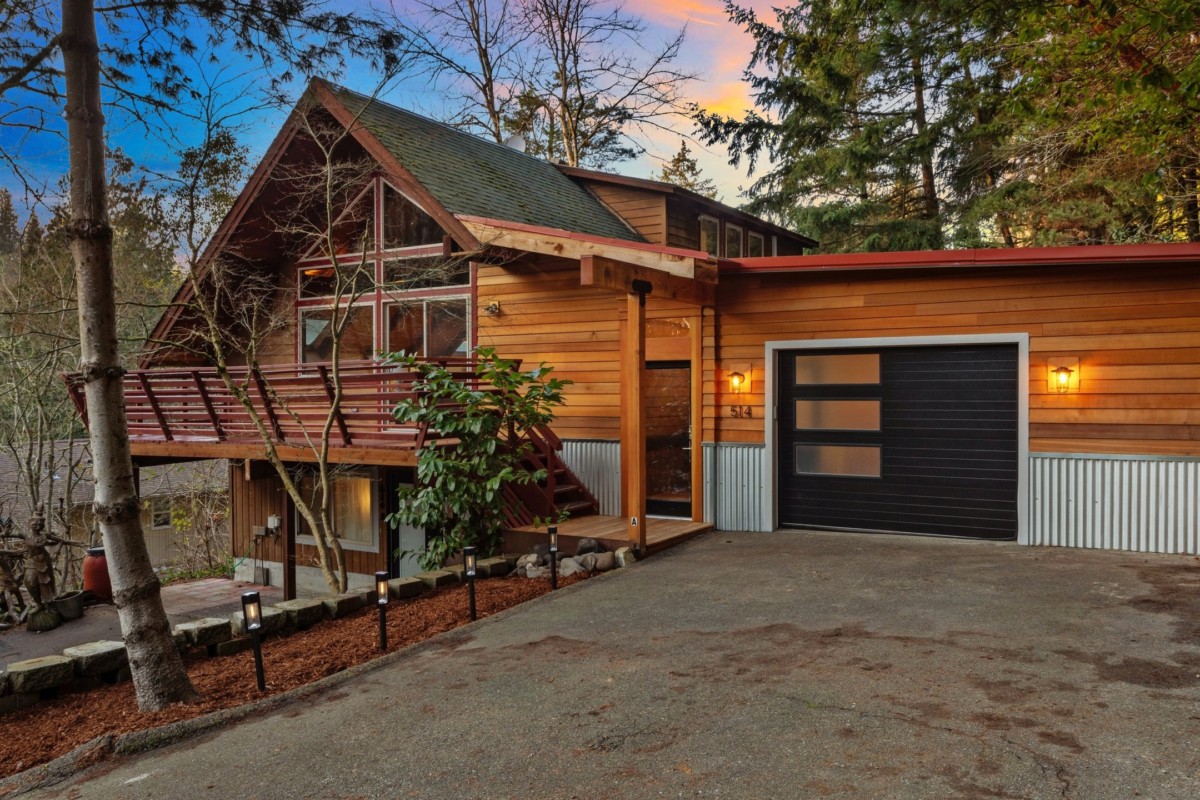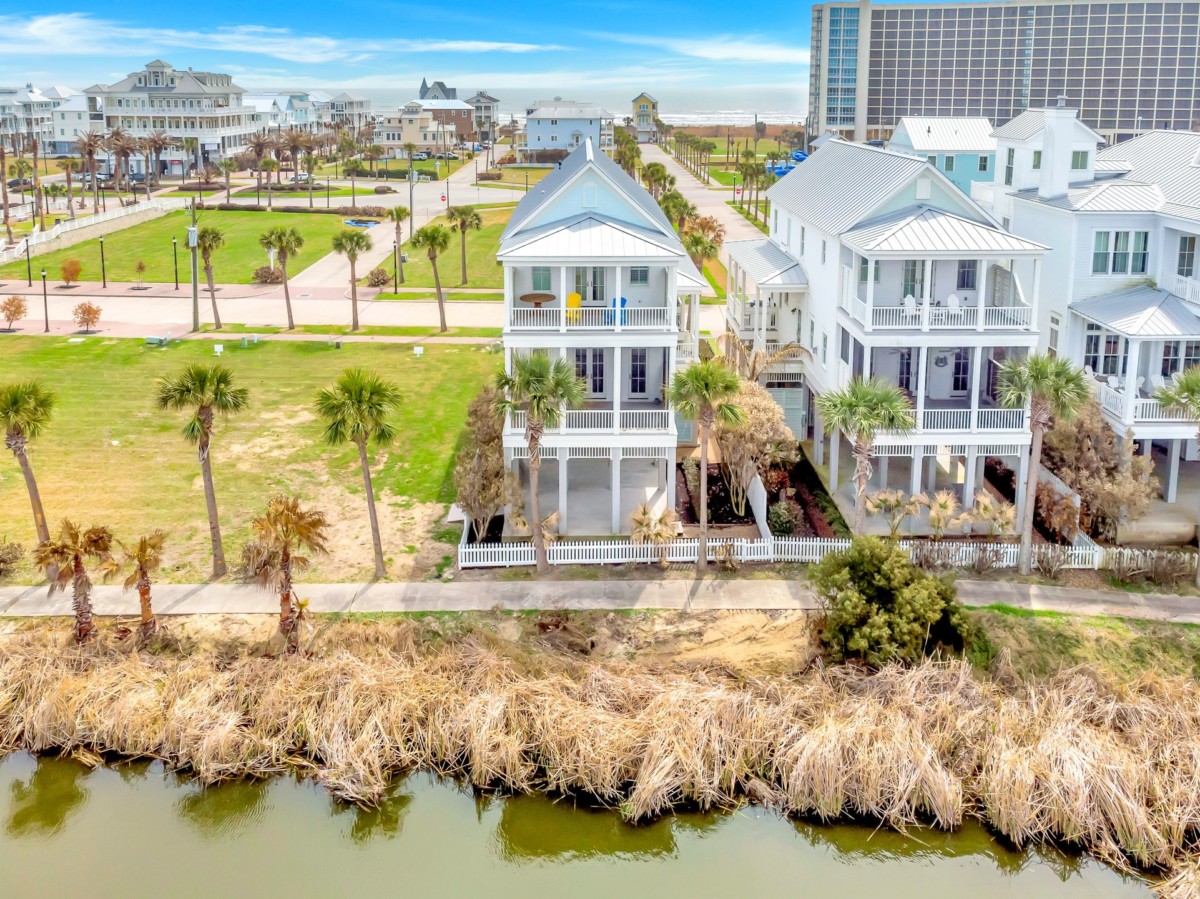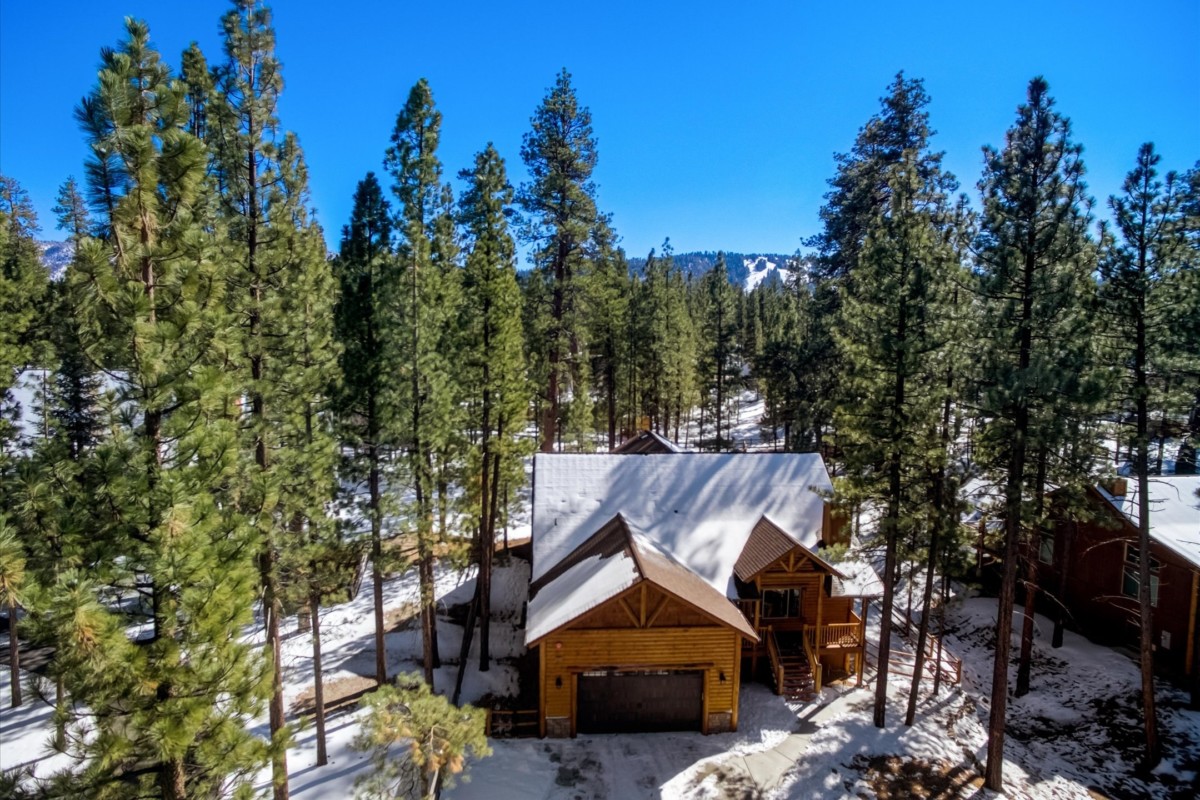Winter, Spring, Summer, and Fall: How to Prepare for a Power Outage During Any Season
Power outages are something every renter and homeowner has experienced at one point in time. And often they’re unexpected and you may not be prepared for the sudden power loss. However, preparing for a power outage is one of the most important responsibilities as a renter or homeowner, no matter the season.
While all power outages involve the same thing, a total loss of electricity, what you need varies slightly depending on the season. Did the power suddenly go out during a winter storm? Or was this a planned power outage on a 110-degree day? We’ll help you prepare for a power outage whether it’s winter, spring, summer, or fall, so you’re ready for it all.

What causes a power outage?
A power outage can occur due to many reasons. There may be a downed power line from a recent ice storm or it may be a planned outage to prevent a blackout during the hot summer months.
The main culprit is often weather-related like high winds, freezing rain, snow accumulation, or anything that causes a power line to fall or freeze. However, power outages can also stem from human error, overuse/overload, intentional brownouts, and rolling blackouts. Human error is usually a preventable issue whether it’s caused by someone not doing their job properly or a construction issue that causes a power line to fall. Overuse or overload is when a power grid is overwhelmed by demand and stops working.
Intentional brownouts are a drop in voltage often used to prevent overload during periods of high electricity usage. Similarly, rolling blackouts are planned temporary outages used to prevent an overload. These intentional brownouts or blackouts are common during heat waves, especially if you’re living in Fresno, CA, or other cities throughout the state.

How to prepare for a power outage: 6 tips to know
Preparing for a power outage is critical whether you own a home in Minneapolis, MN, or you’re renting a house in Boston, MA. When a power outage occurs, it can be chaotic trying to find your essentials, but it doesn’t have to be if you’ve prepared sufficiently.
1. Have an emergency kit
An emergency preparedness kit is very important to keep in your home or apartment, regardless of the emergency that occurs. There are countless things you can include in an emergency kit and your kit may differ depending on your needs. Here are some of the emergency supplies you should consider:
- Portable chargers and extra batteries
- Flashlights and waterproof matches
- Portable generators
- Blankets, coats, warm clothing, and hand warmers
- MREs (Meal, Ready-to-Eat) and non-perishable food (granola bars, dried fruit, etc.)
- Bottled water
- First aid kit
- Battery-powered radio
- Gas
- Change of clothes for each household member
- Toiletries, essential prescription medications, or medical equipment
2. Report the power outage
It may seem like a no-brainer, but the more people that report an outage when it happens, the better your utility company can address the source of the power loss. You shouldn’t assume that your neighbors or others in your apartment complex have reported the outage.
3. Turn off appliances and lights
It’s important to turn off any appliances or lights that were on at the time of the outage. When the power returns there may be power surges or spikes in electricity which may cause damage if these power sources are left on. However, you should leave one light on so that you know when the power returns.
You should always have a carbon monoxide detector with a battery backup in order to avoid carbon monoxide poisoning. Therefore, when the power goes out you should be careful with any generators you turn on – use these outdoors only. Don’t turn on any gas appliances like a gas stove or propane heaters as these can create carbon monoxide if used indoors.
4. Keep windows and doors closed
When a power outage happens it’s important to keep your windows and doors closed, no matter the time of year. In colder months, keeping your windows and doors closed will help keep heat in your home. Conversely, in warmer months it will help keep the cooler air in your home. If you have drafty windows or gaps under your doors, you can insulate these spaces with towels or use weather stripping to seal gaps.
5. Keep your gas tank full or your car charged
While it’s unreasonable to expect someone to have their car’s gas tank filled at all times, if you’re anticipating a possible weather-related power outage, intentional brownout, or rolling blackout, consider topping off your gas tank. Similarly, if you have an electric car make sure that it is fully charged. Depending on the severity of the power outage, you may need to leave the area and seek shelter elsewhere. Having your means of transportation ready to leave at a moment’s notice can help take off the stress of an emergency or extended outage.
6. Determine when to throw out food items
Your refrigerator and freezer will stay cool for some time, but it’s important to know when you should throw out food. Per the CDC, food stored in the refrigerator is safe for 4 hours, food stored in a full freezer is safe for 48 hours, and a half-full freezer is safe for 24 hours as long as the doors remain shut. Once the power returns, any foods that are above 40 degrees F should be thrown out. Never taste food items to determine if they are safe to eat. When in doubt, it’s best to throw out any food that seems questionable.

Tips for summer power outages
During a summertime power outage, keeping cool is very important. You won’t have access to ceiling fans or central air conditioning so you’ll need to get creative with cooling methods to protect you and your household. Battery-powered fans and coolers filled with ice can be great methods to keep your house cool.
You can also utilize blinds or curtains by keeping them shut to block out the sun from heating up the inside of your home. Make sure that you’re using blackout shades rather than traditional curtains as these will help keep air cool.
While you should always keep non-perishable and shelf stable foods on hand for a power outage, during months when the outdoor temperature may be more temperate, outdoor cooking may be an option. You can use charcoal grills or camp stoves to cook food that may go bad in the refrigerator and freezer.

Tips for winter power outages
When a winter storm hits, you may be more at risk of a power outage. And with cold temps, brings colder indoors, meaning you’ll have to take extra precautions to keep warm. Buying a portable generator can be a worthwhile investment, especially if your region is more susceptible to a long term power outage.
It’s always a good idea to keep plenty of blankets on hand to keep warm, especially if you do need to stay in your home or can’t leave due to weather-related issues. If you live with others, staying in the same room can help keep body heat in the space.
If it’s dark in the house it’s best to use battery-powered lights and flashlights. While it may seem like a good idea to use candles, just make sure you position them in safe areas where they can’t be knocked over or next to anything flammable.
When the power goes out, your pipes are more likely to freeze, so it’s important to winterize your pipes ahead of time. If you’re unable to do so before a storm happens, turn off the main valve (if safe) to prevent pipes from bursting and flooding your home.
What to do when the power returns
Once the power is returned to your home, there are a few things to keep in mind. First, make sure to avoid any downed power lines whether on your property or while driving. These are particularly dangerous, so it’s important to alert authorities. Similarly, if there was heavy flooding due to a storm do not enter any places in your home that are wet, such as a flooded basement.
You should also throw out any expired or unsafe foods that were left in the refrigerator and freezer. Cold food items should not be above 40 degrees F, but you can double check items with a food thermometer to be sure. However, if you’re questioning if an item, such as meat or dairy, is still edible then you should throw it out to stay safe.
In the summer, you may be tempted to immediately turn your AC on to the lowest temperature as soon as the power returns. To prevent another overload, you’ll want to turn your fans on first to circulate air. Then set your air conditioner to a temperature only a few degrees below your home’s temperature.
For example, if your home’s temperature is 90 degrees, you’d want to set your thermostat to 85 degrees. Once your home has cooled to 85 degrees, you can turn down the thermostat to your desired temperature.
During the winter months, you should also check for damaged or frozen pipes that may be at risk of bursting. If you see frozen or damaged pipes, turn off the main valve and call a professional to assess the situation.
There are countless things you can do to prepare for a power outage during any season of the year. While power outages are often unexpected, making sure that you have an emergency kit and an emergency plan in place can make these events less stressful.
The post Winter, Spring, Summer, and Fall: How to Prepare for a Power Outage During Any Season appeared first on Redfin | Real Estate Tips for Home Buying, Selling & More.
